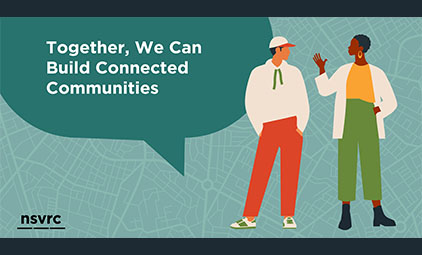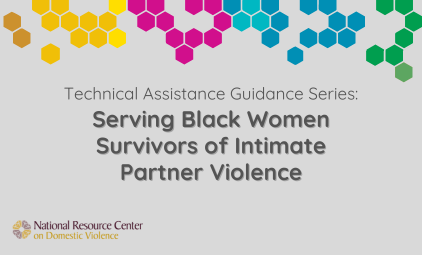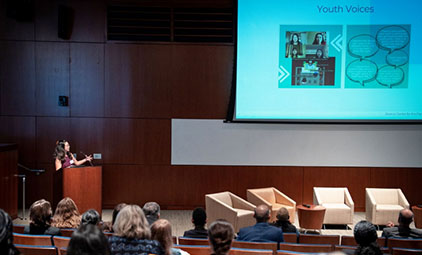Reading the paper or watching television it's hard to avoid the impression that girls' violence has increased dramatically over the last decade. Headlines like "Ruthless Girlz," "Are Girls Getting Meaner?," and "Bad Girls" all warn of the new face of youth violence. This report reviews the objective evidence regarding youthful female violence, makes suggestions about what is occurring, and then briefly suggests ways that those who work with and care about girls can address the issue positively.
First, there certainly appears to be evidence that we are seeing a change in girls' violence, if one reviews trends in juvenile arrests. Between 1992 and 2003, girls' arrests increased 6.4 percent while arrests of boys actually decreased by 16.4 percent. While decreases were seen across many crimes of violence for both boys and girls, the period saw a 7 percent increase in girls' arrests for aggravated assault during a period that showed a 29.1 percent decrease in boys' arrests for this offense. & Likewise, arrests of girls for assault climbed an astonishing 40.9 percent when boys' arrests climbed by only 4.3 percent (Federal Bureau of Investigation, 2003).
This report reveals, though, that other sources of data on youthful misbehavior, most specifically data collected by the CDC on "self-reported" delinquency, paint an entirely different picture of girls' behavior over the last decade. A quick look at their data reveals that while 34.4 percent of girls surveyed in 1991 said that they had been in a physical fight in the last year, by 2001 that figure had dropped to 23.9 percent or a 30.5 percent decrease in girls' fighting; boys' violence also decreased during the same period but less dramatically--from 50.2 to 43.1 percent or a 14.1 percent drop (Centers for Disease Control, 1992-2002).
How is this possible? This report suggest that three trends are likely responsible for the increase in arrests of girls' for violent behavior.
- Relabeling of girls' status offense behavior into criminal behavior, which sometimes involves the arrest of girls involved in scuffles with family members for assault.
- Rediscovery of girls' violence by media and policy makers alike. Self-report data has consistently shown that girls engaged in more violence than arrest statistics indicated, in past decades. We simply did not arrest girls for this behavior, but that has now changed, due to policy shifts in enforcement.
- Upcriming refers to policies (like "zero tolerance policies") that have the effect of increasing the severity of criminal penalties associated with particular offenses. Related to "rediscovery," this phenomenon also explains the racialized patterns of enforcement that are observed in the official juvenile justice data. & Specifically, when you examine the consequences of labeling girls violent (increased detentions and referrals to court), it appears that certain communities, notably communities of color are being differentially impacted by this new concern about violence among girls.
Careful analysis of trends in girls' violence, then fails to confirm that we face a dramatic increase in this troubling behavior. Research does suggest, though, that when confronting girls' violence, we need to foreground gender (particularly the role played by relational aggression in girls' outbursts with other girls). We also need to look for prevention and intervention programs that give girls ways to be angry appropriately while also empowering them in settings like schools which often tend to ignore, silence, and marginalize them.
| Attachment | Size |
|---|---|
| Girls and Violence: Is the Gender Gap Closing? | 238.49 KB |












